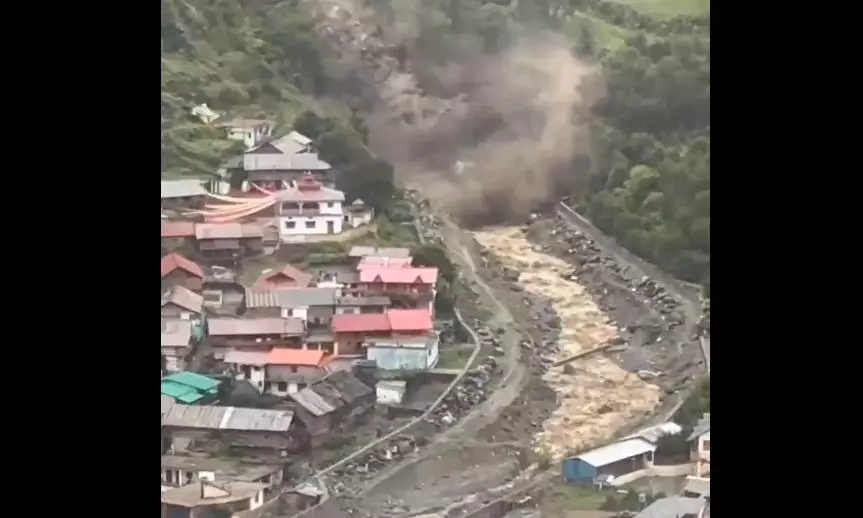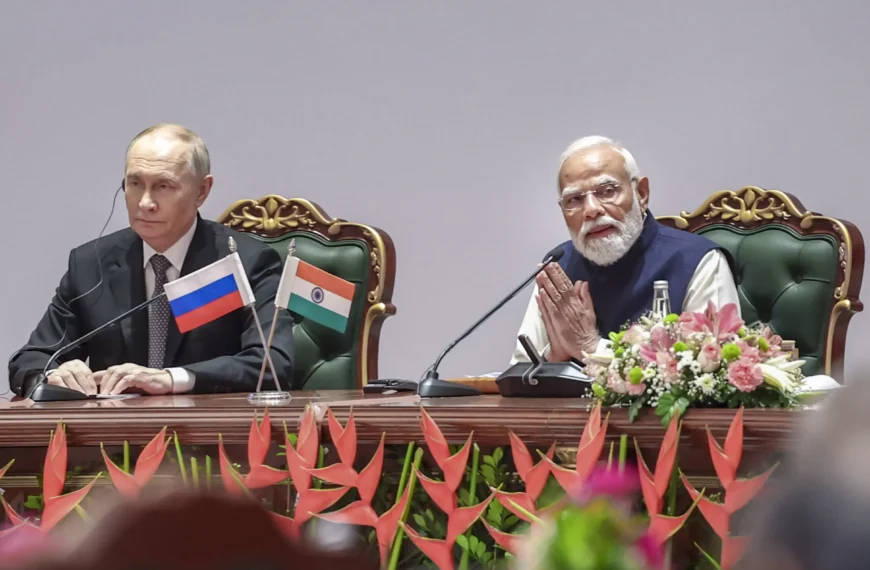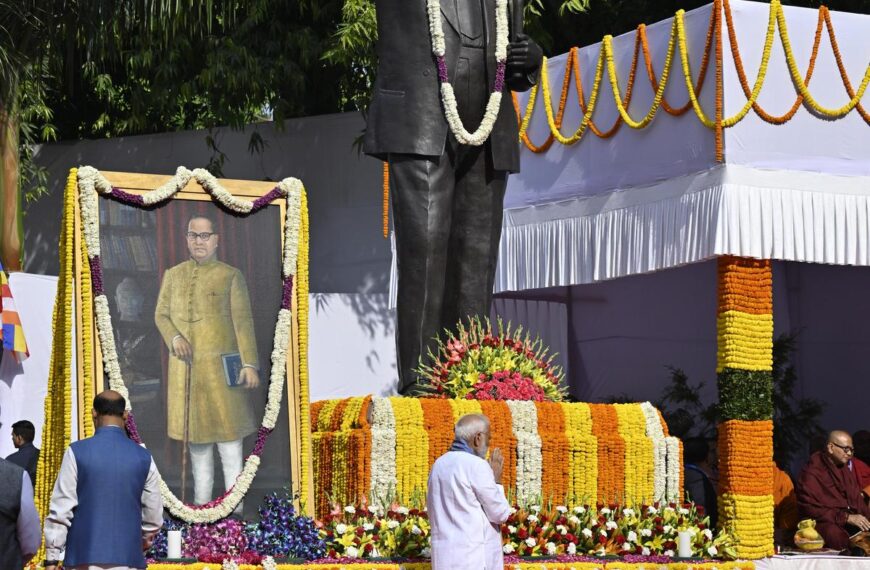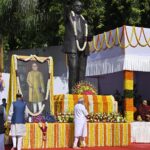Reg No. - CHHBIL/2010/41479ISSN - 2582-919X
Meltwater Turned into Flash Flood

Himalayan glaciers, which provide critical water to nearly two billion people, are melting faster than ever before due to climate change, exposing communities to unpredictable and costly disasters, scientists warn. The softening of permafrost increases the chances of landslides. (Image: X)
New Delhi: The 10-metre wall of muddy water that swept away parts of the town of Dharali in Uttarakashi and several other towns of Uttarakhand on Tuesday were likely caused by a waters of a rapidly melting glacier, experts said on Thursday even as officials rushed in personnel and equipment to rescue those stranded in the riverside towns.
While there was no official word on how many people are missing, locals claimed hundreds could be buried under the debris.
AFP reported that experts assessing the damage suggested that the cloudburst was the trigger, adding to days of prolonged rain that had soaked and loosened the ground.
P.K. Joshi, of New Delhi’s Jawaharlal Nehru University, an expert on Himalayan hazards, told AFP that it appeared the flood was caused by the collapse of debris — known as moraine — that had dammed a lake of meltwater from a retreating glacier.
“Given the persistent rainfall over preceding days and the sudden discharge observed, a glacial lake outburst flood (GLOF) or collapse of a moraine-dammed lake is suspected as the primary trigger,” Joshi told AFP.
That would have contributed to a “sudden high energy flash flood”, he said, noting that glacial terrain upstream of the town included “unstable sediment zones”.
Cloud cover has obstructed satellite imagery to check for the exact source of the debris, and Joshi cautioned that there was not enough satellite data for a “definitive confirmation”.
Safi Ahsan Rizvi, an adviser to the National Disaster Management Authority, also said that it was “likely” that the cause was a “glacio-fluvial debris landslide”.
Sandip Tanu Mandal, a glaciologist at New Delhi’s Mobius Foundation, pointed to the “possibility of a GLOF”, caused by “significant water accumulation in the lake due to increased melting and rainfall”, according to AFP.
Mandal noted that while heavy, the amount of rain immediately before the flood was “not very significant” in comparison to the vast volumes of water that poured down the valley.
That would indicate the source was a potentially collapsing lake. Himalayan glaciers, which provide critical water to nearly two billion people, are melting faster than ever before due to climate change, exposing communities to unpredictable and costly disasters, scientists warn.
The softening of permafrost increases the chances of landslides. Joshi told AFP that the latest disaster highlighted “the complex and interconnected nature of Himalayan hazards”.
Rapid development and building downstream meant that the damage caused was multiplied. “The land use patterns in the floodplain exacerbated the disaster severity,” Joshi said. A report from Mumbai said the the Maharashtra government was in constant touch with the Uttarakhand administration with regard to 31 missing tourists from the state. So far, 120 other tourists had been contacted and were reported to be safe at an Indo Tibetan Border Police (ITBP) camp, they said. It was reported that communication with the remaining tourists could have been disrupted due to cloudy weather, poor mobile connectivity, and lack of charging facilities.
A report from Kathmandu said at least 13 Nepalese nationals were missing in Uttarakhand. The missing Nepalese were from Kushe Rural Municipality of Jajarkot district. A team of 69 NDRF rescuers, two cadaver dogs and veterinarians joined rescue operations in the flood-ravaged Dharali look for survivors. An Indo-Tibetan Border Police (ITBP) spokesperson said in Delhi that a total of 307 pilgrims were evacuated by its personnel from Gangotri to Mukhwa and they were being taken to Harsil as of 11.45 am.
YOU MAY LIKE THIS










